| Sorted by date | |||
page108from Nordic Architects Writes
flexible, adaptable, production-efficient
and economic, industrial solution that would speak a universal language of
architecture.
The
idea of a universal architecture and how to define it remains a bone of
contention in the architectural debate in Finland from that day forward. For
Nils Erik Wickberg it is a question of style; for Aulis Blomstedt it becomes an
aesthetic problem of a systematically dimensioned language of form. In Osmo
Lappo’s writing, the question goes back to a humanity-serving system theory by
way of a Vitruvian whole, and for Pietilä in 1973, the universal language of
architecture harks back to original sources in the spirit of Aldo Rossi: to a
city, an experience and an expression of Man’s existence. Kirmo Mikkola takes
the question towards the trinity of art, technology and society, Markku Komonen
towards the themes of rationalist structuralism in the second half of the
nineteenth century, until Pallasmaa brings the topic right back to the themes
of Saarinen, Blomstedt and Pietilä: a form of art which arouses peoples’
memories and through them an archetypal understanding of the basis of
existence. As Pietilä writes in 1967, the Finns talk about twentieth-century
architecture “as if it were the one and only thing, as if there were just one correct
and indivisible architecture”.12 In this way, according to English
architectural critic Roger Connah, twentieth-century Finnish architecture forms
an “essence mythology”: to talk of meta-architecture and teasing out the
meaning of architecture flees further and further from the illusion of a common
Finnish reality.13
For
this very reason, the contemporary reader lost in multiculturalism and the
pluralism of cultural values may see Nils Erik Wickberg’s conept of
architecture as extremely confusing, as he ties architecture, the spirit of the
age and the idea of Volksgeist so tightly together. For him, the art of each
culture express the set of values of that particular culture, natural
conditions and social mores. 14 From Wickberg’s standpoint, architecture is in
some way separate from the other arts; it is cleaner, freer and nobler, and it
develops continually according to the law of its own autonomous evolution
towards an ever more touching and refined perfection. In Wickberg’s mental
landscape, Finnish culture is an inalienable part of the western Hellenic
culture tradition, so architecture too is tied above all to western tendencies.
By the same token, architecture can never be to the taste of the wider public
or in accordance with the demands of business. Wickberg was Finland’s leading
expert in restoration and the history of architecture that convinced him to
believe in the inevitability of Modernism. For him, architecture was the
expression of time and culture, so having entered the modern era and adopted
the modern way of life, a change in architectural style must necessarily
follow. Correspondingly with earlier styles, Modernism is, thus, an inevitable
phase in Western cultural evolution.
Another
cornerstone of Wickberg’s thinking is the idea of architectural “style as the
manifestation of an ideal based on a principle”.15 According to Wickberg, the
architecture of the 1940s had to rely on the sensitivity of great artists, on
their ability to interpret the reality around them, on the uncompromising logic
of architecture, and on the opportunities architects are given to lead the
whole of society towards better and more peaceful times through their
unfathomable art. Like Aalto, Wickberg remained an untiring supporter of
Modernism and human functionalism; in 1940s
|
|||
|
|||
|
|
 ... ...
... ... ... ...
... ... ... ...
... ... ... ...
... ... ... ...
... ...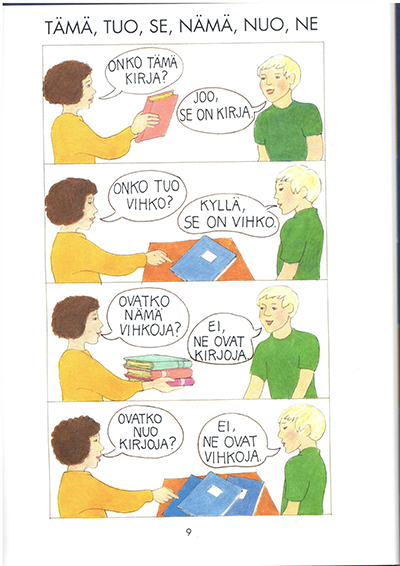 ... ...
... ...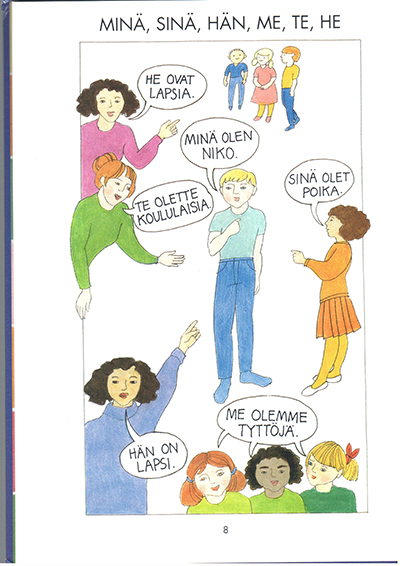 ... ...
... ...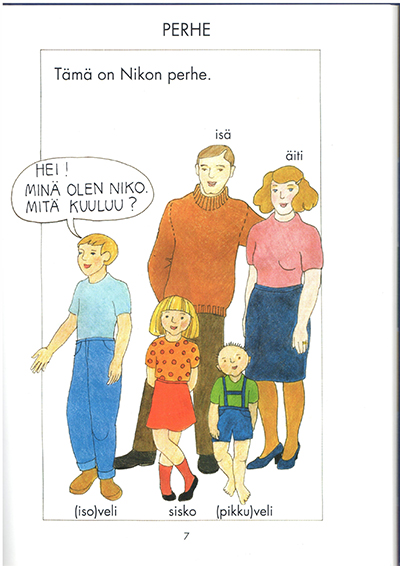 ... ...
... ... ... ...
... ...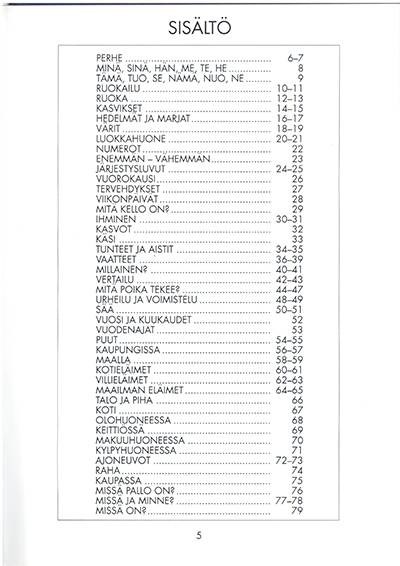 ... ...
... ... ... ...
... ... ... ...
... ...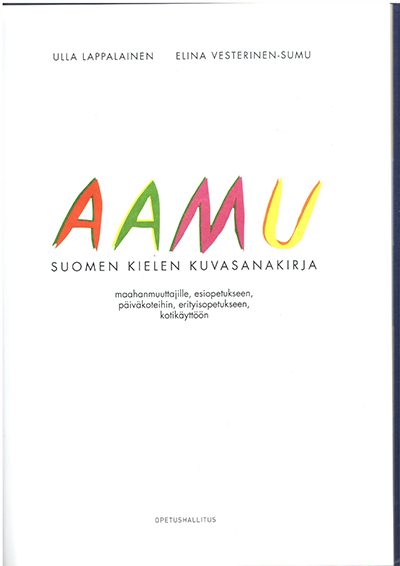 ... ...
... ...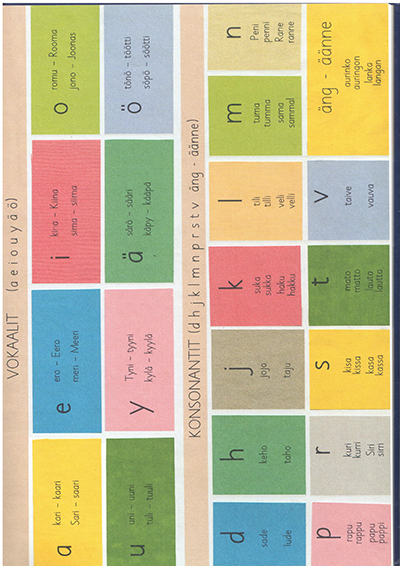 ... ...
... ...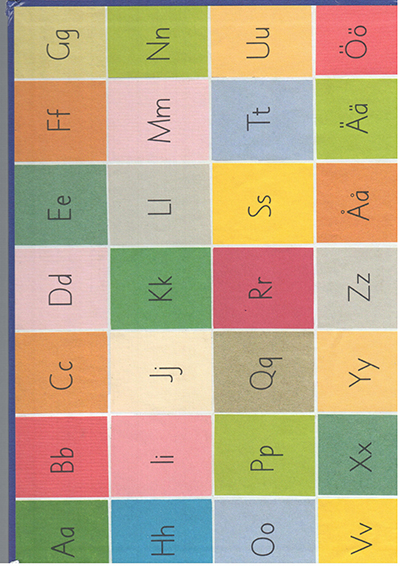 ... ...
... ...